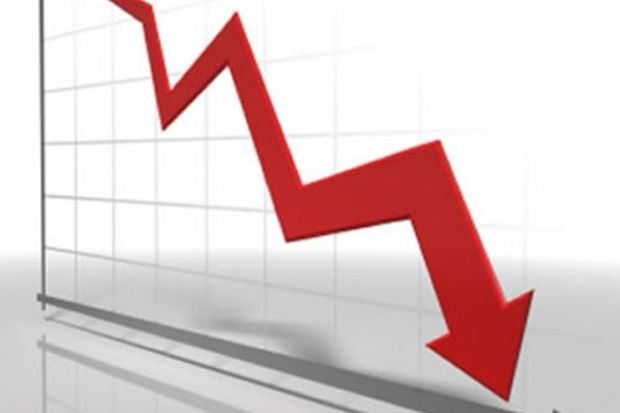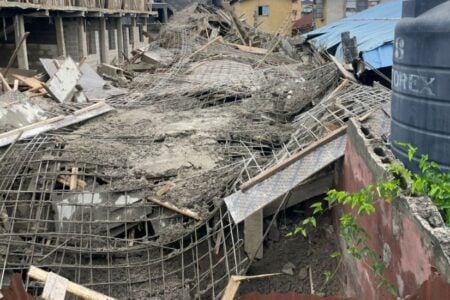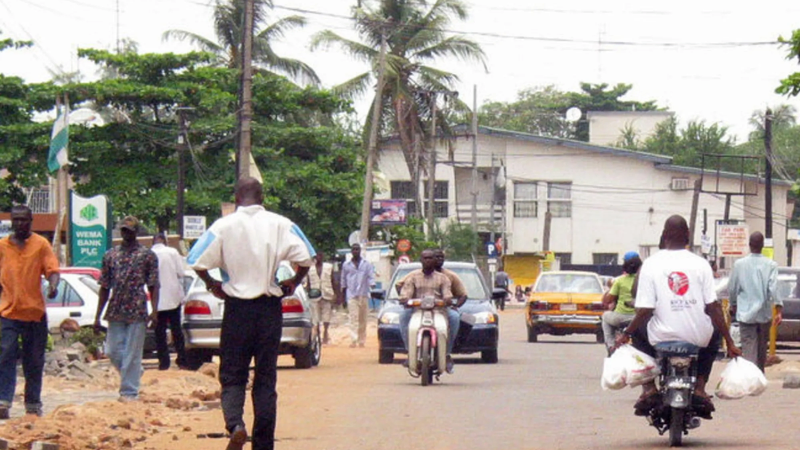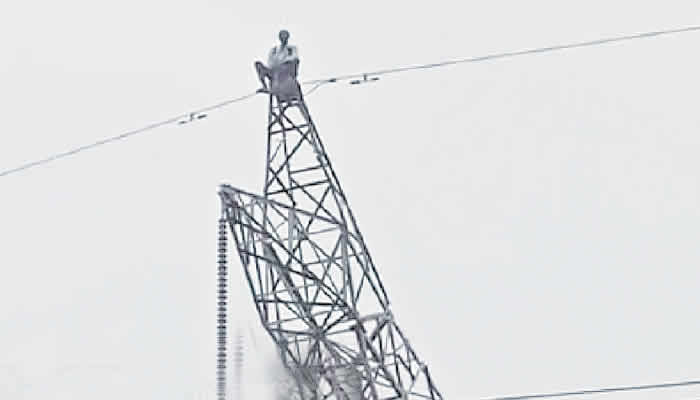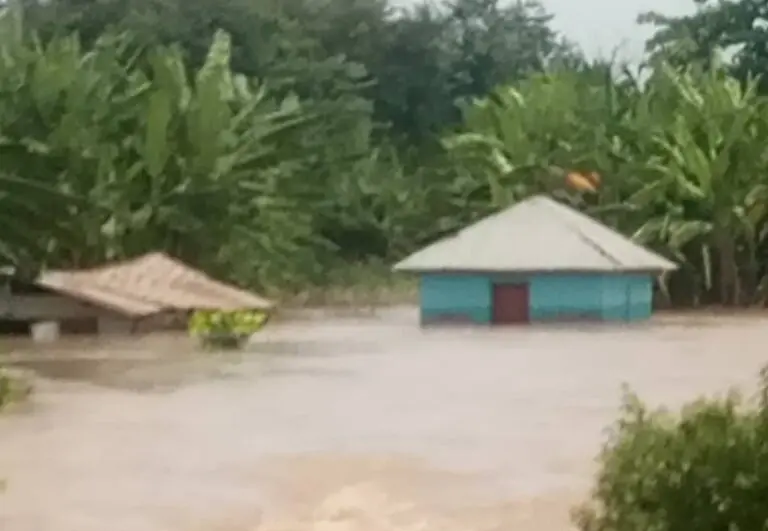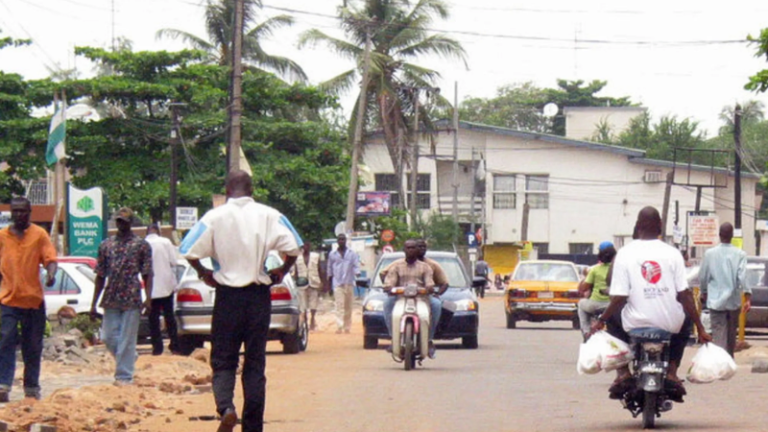The number of building collapse incidents in Nigeria has risen to 679, claiming at least 1,639 lives, according to a report by the Building Collapse Prevention Guild.
According to the Guide, the first recorded building collapse in Nigeria occurred in October 1974 in Oyo State, where a multi-storey building collapsed due to excessive loading, killing 27 people.
It stated, “Lagos State accounts for 53.9 per cent of the recorded building collapse incidents in Nigeria, making it the most affected state in the country. It is followed by Abuja with 4.42 per cent, Anambra with 4.27 per cent, Oyo with 3.68 per cent, and Kano with 3.39 per cent, completing the top five.
“In 2022, Taraba, Bayelsa, Gombe, and Yobe States recorded their first-ever building collapses, signalling the spread of structural failures beyond previously affected regions. Meanwhile, Zamfara, Taraba, Yobe, Bauchi, Bayelsa, Sokoto, Gombe, Katsina, and Kebbi have each recorded only one building collapse since documentation began.
“Interestingly, 1975, 1979, and 1981 were the only years that had no recorded collapses. Despite the COVID-19 lockdown, the year 2020 still recorded 45 incidents, with Lagos accounting for 18 cases (40 per cent). In 2022, the country witnessed its highest number of collapses, 62 nationwide, with Lagos recording 20 (32 per cent). The year 2023 followed closely with 52 collapses, 17 of which (33 per cent) occurred in Lagos.”
The report further noted that in 2024, there were 47 building collapses across 14 states, with Lagos recording 13, Abuja six, Anambra five, Kano and Rivers four each, Jigawa and Plateau three each, and Osun and Delta two each, while Niger, Abia, Edo, Oyo, and Ebonyi had one each.
It added, “As of 2025, there have been 37 recorded cases, beginning with the first incident in Rivers State on January 4. Lagos again leads with 12 cases, followed by Ekiti and Abia with four each, Anambra with three, and Oyo, Abuja, Ekiti, and Ogun with two each. Other states, including Yobe, Rivers, Delta, Edo, Kano, Ebonyi, Kwara, Katsina, Jigawa, and Taraba, have recorded one case each.
“The first recorded building collapse in Nigeria occurred on October 6, 1971, in Oyo State, when a four-storey building under construction along Ajibade Street, off Mokola-University of Ibadan Road, Oremeji (Coca Cola area) in Ibadan, collapsed, killing 26 persons and injuring several others, and the tallest building collapse happened in Lagos on November 1, 2021, claiming 52 lives.”
Decrying the rate of building collapse in the country, a member of the BCPG, Amuwo Cell, Lagos State, Dr. Victor Oyenuga, said the frequency of collapse of building structures in Nigeria in the past few years had become very alarming and worrisome.
He said, “Many lives and properties have been lost in the collapse of buildings all over the country, and mostly in cities such as Lagos, Benin-City, Port Harcourt, Abuja, etc. Many property owners have developed high blood pressure, and some have been sent to their early graves over these incidents.
“A visit to the collapsed scenes was as revealing as it was pathetic, and one could not help but wonder why such precarious phenomena could have been allowed to stand or to what extent people could go to cut corners at the expense of the safety of lives and properties.”
On the consequences of building collapse, Oyenuga said it includes the loss of lives, adding that between 2016 and now, the death toll was over 200.
He said, “Consequences of building collapse are huge economic losses, huge expenditure to clear the debris, expenses to carry out due diligence to determine the causes of collapse, need for fresh soil investigations, need for redesign, if the site is still available and the client is willing, or loss of the site, if in Lagos State.
“Lack of confidence in the built environment professionals by the public, for lack of understanding of the matters involved; indictment of the Physical Planning Authority concerned; lack of trust in the government for failure to act decisively; and the client, in most cases, is the culprit.”



